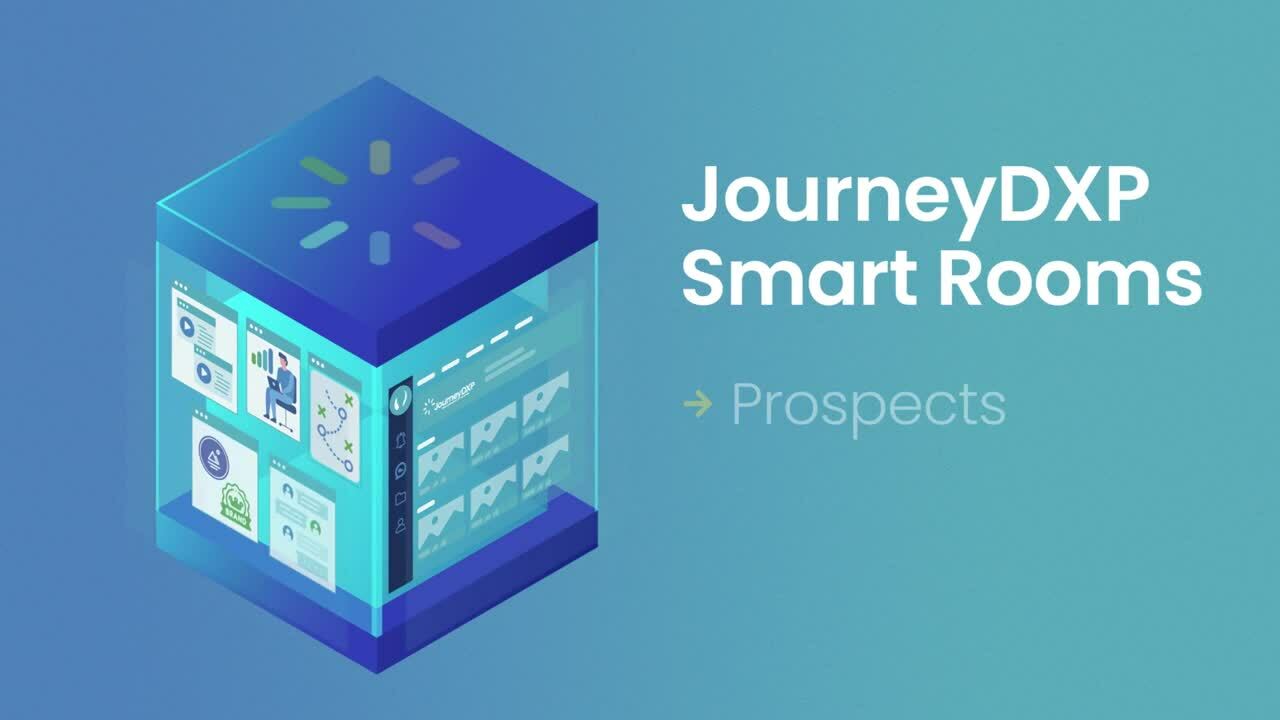The B2B customer journey describes a customer’s path to purchase, from the awareness stage through to the consideration and decision stages. Completing this path takes time and involves countless customer journey touchpoints. But this overload of information, people, and offers shared by modern brands is overwhelming enough to steer modern customers in the opposite direction.
Buying has gotten more complex in a world where people prefer simplicity. The perfect B2B customer journey should empower both sales teams and customers to act independently and together. In fact, 70% of buyers fully define their needs before even engaging with a sales representative, and 44% identify specific solutions before reaching out to salespeople1. This begs the need for personalized and engaging customer experiences that make buying easier—and it’s not enough to expect internet users to get every question or curiosity answered based on just your website and social media profiles.
Hybrid selling has emerged as the new normal. It supports how digital-first customers buy today and provides sales the ability to execute the sales process, analyze the digital body language of customers, and build trust while strengthening relationships.
“Hybrid selling is the orchestration of digital and human interactions to guide the customer journey. It aligns marketing and sales to provide a seamless and integrated customer experience.” -William Butler, CEO, JourneyDXP
A truly impactful customer journey will allow customers to self-educate and collaborate with people on both the buying and selling teams, gaining the knowledge needed to make a purchase without throwing unnecessary content their way that only complicates and slows down the process.
Digitizing the Customer Journey Stages
The best organizations build marketing and sales processes around an end-to-end digital customer experience that is both personalized and collaborative. A well-designed Digital Sales Room (DSR) does the “heavy lifting” in customer self-education and engagement, freeing up the sales team to concentrate on relationships and value-added functions.
By applying analytics to and mapping out key customer journey touchpoints using a DSR-driven strategy, you can expand and enhance each stage of the buyer’s journey for a perfect digital customer experience.
- Awareness Stage
In this initial stage, buyers become aware of a problem or pain point and want to resolve it. In the case of B2B buyers, self-education within the DSR dominates this part of the journey. There are two other Awareness Stage activities that indicate sales is developing a qualified opportunity:- Inviting Colleagues – customers solicit feedback and insights from their other decision makers and influencers. Your customer sponsor will invite 3-5 colleagues into the DSR to view content and collaborate with their colleagues.
- Subject Matter Experts – Businesses can unlock a DSR to share expertise and experience by SMEs. This can take the form of research papers, video presentations, and also live meetings and collaboration in the DSR.
Sales teams can leverage analytics related to content views, message opens, and more to understand the digital body language of the customer and improve execution.
- Consideration Stage
Buyers define the problem and commit themselves to understanding methods to remediation in this stage. To stand out among competitors, businesses can personalize DSRs to each person, company, and industry. B2B customers want a B2C-like experience, and DSRs help to engage key people through a distinctive brand experience unique to their specific wants, needs, and objectives. When researching solutions to the problem at hand, a tailored digital customer experience will leverage a more significant impact and start to generate recognition. - Decision Stage
In this final stage, buyers select a solution and now must compile a list of sellers to make a purchasing decision on a product, service, vendor, or provider. After building trust and serving up thought leadership pieces and a seamless digital experience, your business will be top of mind for prospects. This is when your sales team really seals the deal, after as much as two-thirds of the customer journey stages are complete2. DSRs empower sales teams to connect with other company team members and message customers directly or in groups through the live chat and online status features. Internal digital collaboration between salespeople helps to stay on top of customer engagement activity until the decision is made to move forward with your business.
Most B2B sales wins require a committee-based decision process involving approval from business, technology, operations, security, and procurement leaders. With a DSR, key stakeholders can be brought into the process organically and as the customer sees fit—not the sales team. By putting the buyer in the driver’s seat, you’ll elevate the B2B customer journey, win more deals, and expand your network for endless business opportunities.
Contact us to get a demo to see how Smart Rooms by JourneyDXP can help you perfect the customer journey stages by leveraging a seamless and personalized customer experience with digital collaboration.
Sources
1. Top B2B Statistics Every Sales and Marketing Pro Should Know in 2020, Blender
2. Myth Busting 101: Insights into the B2B Buyer Journey, Forrester
POPULAR
The Imperative Alignment of Sales and Marketing in the Digital Age
In today's hyperconnected and rapidly evolving business, communications, and technology landscape, the convergence of sales and marketing functions has become more pronounced than ever before. Alignment between sales and marketing teams has emerged as a critical determinant of success. This blog delves into why it has become more essential than ever for sales and marketing teams to be fully aligned in their prospect and customer engagement strategy and explores how digital sales rooms serve as potent tools in facilitating this alignment and fostering enhanced customer engagement.
RELATED
4 B2B Business Development Strategies Rooted In Thoughtfulness
Business development (and business development reps, also known as BDRs) get a bad rap. They’re traditionally viewed as the cold callers; the folks who chip away at a mountain of email addresses and phone numbers...




